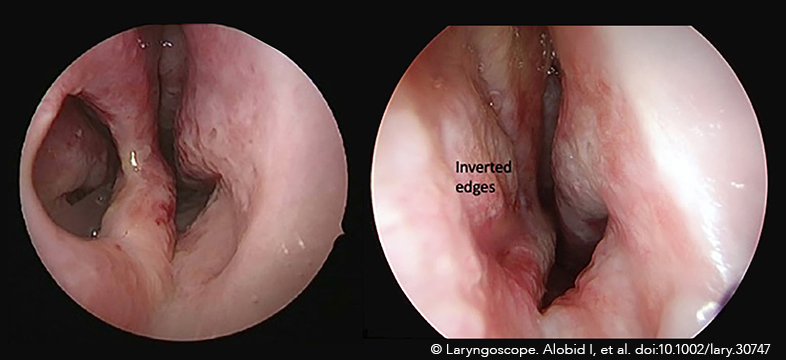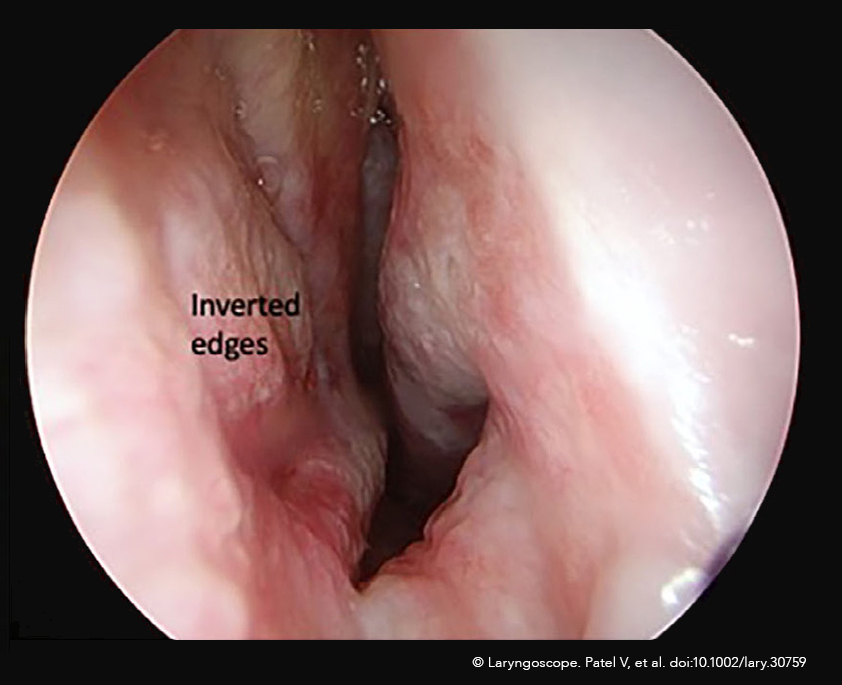The current literature, including meta-analyses and systematic reviews incorporating data from 54 separate studies, suggests that prophylactic antibiotics be used conservatively in the setting of mandibular trauma.


The current literature, including meta-analyses and systematic reviews incorporating data from 54 separate studies, suggests that prophylactic antibiotics be used conservatively in the setting of mandibular trauma.

Genetic testing should be considered when the most common nongenetic causes (congenital cytomegalovirus, negative imaging for structural inner ear, or cochlear nerve abnormality) are ruled out as subtle phenotypic manifestations of syndromic hearing loss.

Laryngeal conservation surgery includes open and endoscopic approaches that address select malignant laryngeal lesions to achieve local control while preserving function.

Although the number of randomized control trials is lacking, the current literature suggests mucosal flap preservation may improve outcomes following endoscopic dacryocystorhinostomy.

Resectable stage IVA/IVB tumors should be treated with surgery followed by chemoradiation, with consideration for dabrafenib/trametinib biotherapy for BRAFV600E-mutated tumors.

A recent survey demonstrated that respondents had a similar preference for the endoscopic and external rhinoplasty approaches, followed by the endonasal approach.

Adoption of the ICG-endoscopic technique has decreased operative times, improved surgeon ergonomics, increased confidence in preserving neurovascular anatomy, and increased resident participation given superior visualization projected onto a 4K screen.
Findings suggest that an exhalation delivery system with fluticasone reduces symptoms and improves quality of life in patients with recurrent symptoms after sinus surgery and patients who have never had surgery.
There was a higher risk of a new tinnitus diagnosis after influenza, Tdap, and pneumococcal vaccinations than after the COVID-19 vaccine.
Multi-Time Point Salivary Pepsin Test is a good diagnostic method for laryngopharyngeal reflux and is expected to replace HEMII-pH as the first-line diagnostic method.